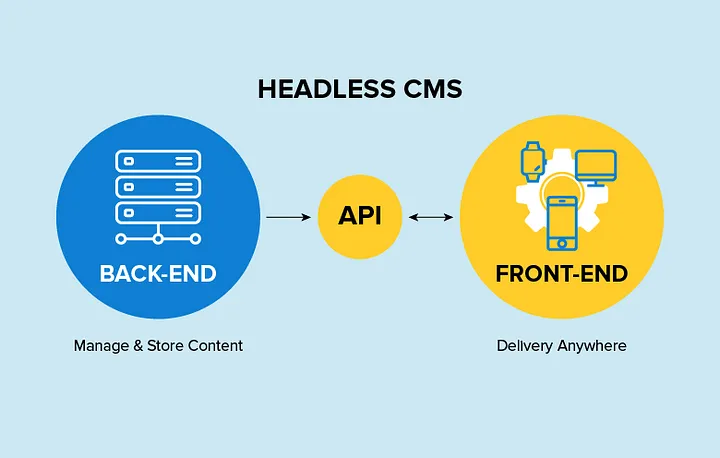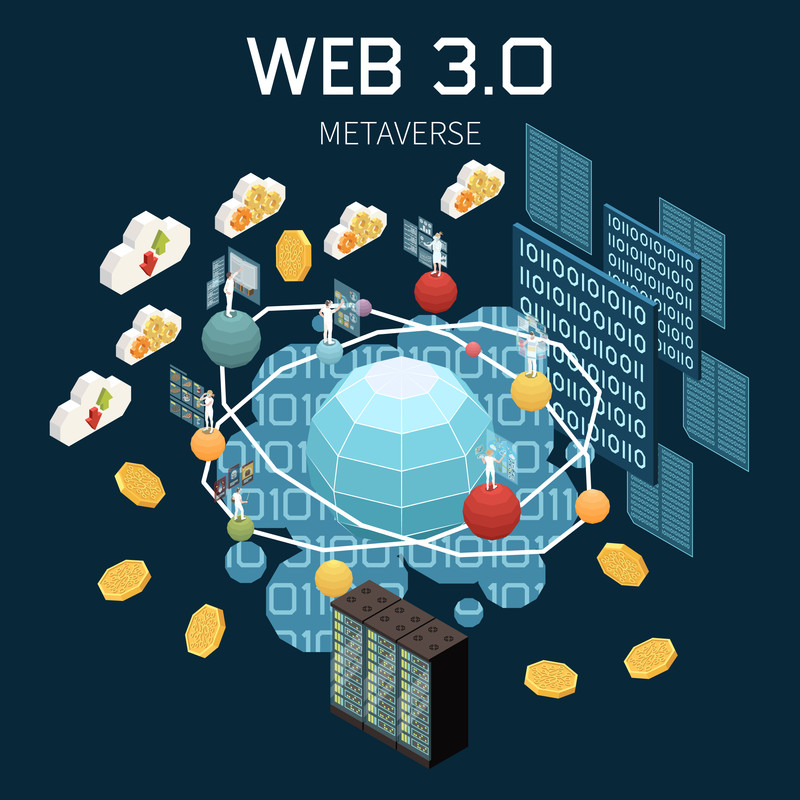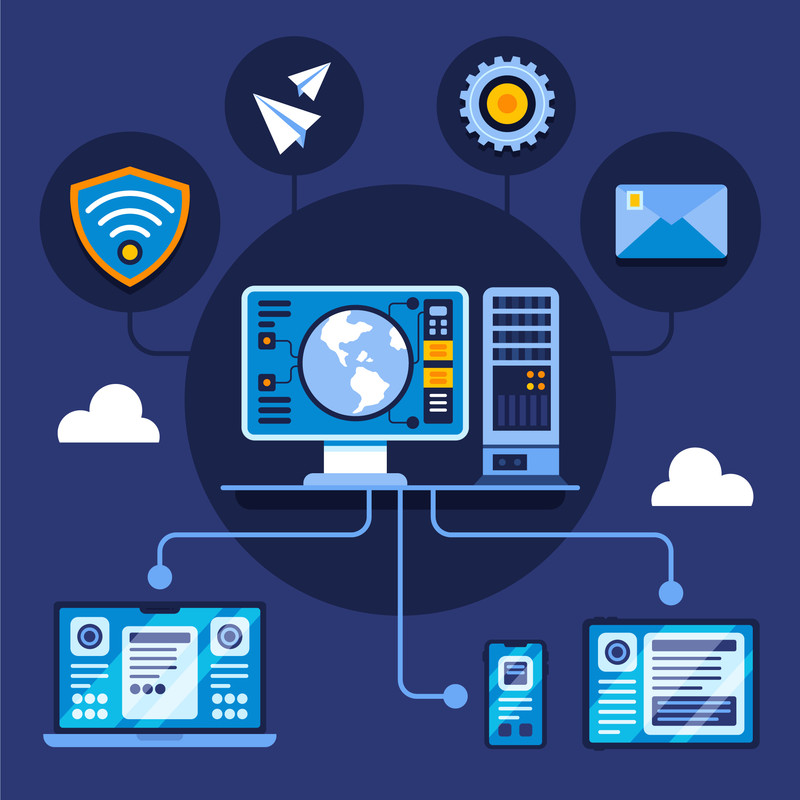
The world of web development is evolving faster than ever. As technology advances and user expectations shift, staying ahead of emerging trends is crucial for businesses and developers alike. Whether you’re building a personal website, an enterprise application, or an eCommerce platform, being aware of what’s next can make the difference between thriving and falling behind.
As we enter 2025, here are the top web development trends that are shaping the future of digital experiences.
Artificial Intelligence continues to transform how websites are built and experienced. In 2025, AI will not only assist developers in coding through tools like GitHub Copilot or ChatGPT, but also enhance the end-user experience through personalization.

Websites will increasingly use AI to:
AI is becoming more accessible for small businesses and individual developers, making it a must-have in modern web strategy.
Progressive Web Apps offer the best of both web and mobile apps—faster loading, offline access, push notifications, and seamless user experience. PWAs are expected to dominate in 2025 as more companies move away from costly native app development. They are:
As internet users expect faster and more responsive experiences, PWAs provide a future-proof solution.
Design is becoming more dynamic. Motion UI, along with thoughtful microinteractions, helps websites become more engaging and user-friendly.

In 2025, expect more:
These subtle movements enhance storytelling, guide users, and improve overall engagement without overwhelming them.
As websites become more modular and complex, headless CMS (like Strapi, Sanity, or Contentful) allow developers to decouple content from presentation. This means content is stored in one place and delivered anywhere—websites, mobile apps, IoT devices, and more.

API-first development gives more control over frontend experiences while making systems more scalable and maintainable. This approach is ideal for:
Serverless architecture eliminates the need for managing physical servers. Developers can deploy code directly to the cloud (using AWS Lambda, Azure Functions, etc.) and only pay for execution time.
Alongside serverless, edge computing is also gaining momentum—bringing data processing closer to the user. This means:
Together, these technologies support the need for speed, scalability, and real-time responsiveness.
In 2025, digital inclusivity is no longer optional—it’s expected. With growing legal frameworks and social awareness, accessible design is being prioritized across industries.This includes:
Accessible design not only ensures compliance but improves usability for all users.
With the increasing use of smart speakers and voice assistants, optimizing websites for voice interaction is becoming essential.

Web developers are now focusing on:
This trend aligns with the rise of conversational commerce and accessibility innovations.
Sustainability in tech is no longer a niche concern. Web developers are adopting greener practices by:
In 2025, websites that consume fewer resources and load faster will be more attractive—not just to users, but to search engines as well.
JAMstack (JavaScript, APIs, and Markup) continues to gain popularity due to its security, performance, and scalability benefits. In 2025, the JAMstack ecosystem is expanding with better frameworks, plugins, and deployment tools.
Platforms like Netlify, Vercel, and Cloudflare Pages are making it easier to build and deploy JAMstack apps with minimal setup.
Expect JAMstack to power more eCommerce sites, landing pages, and content-heavy platforms.
The rise of blockchain technology is leading to the emergence of Web3. While still in early stages, developers are exploring how to integrate decentralized identity, token-based access, and blockchain-based payments into traditional web platforms.


In 2025, we’ll see more:
This trend may not be mainstream yet, but it’s gaining traction in fintech, gaming, and creator economies.
Web development in 2025 is all about intelligent, inclusive, and performance-driven experiences. From AI and automation to sustainability and decentralization, the modern web is becoming more powerful and user-centric than ever.
Whether you're a business owner planning your next website or a developer building future-ready solutions, understanding and embracing these trends will help you stay competitive in a fast-changing digital world.
Our team specializes in modern web solutions—from fast PWAs to scalable headless CMS websites. Let us help you bring your digital vision to life.
Contact us today to stay ahead in 2025 and beyond.